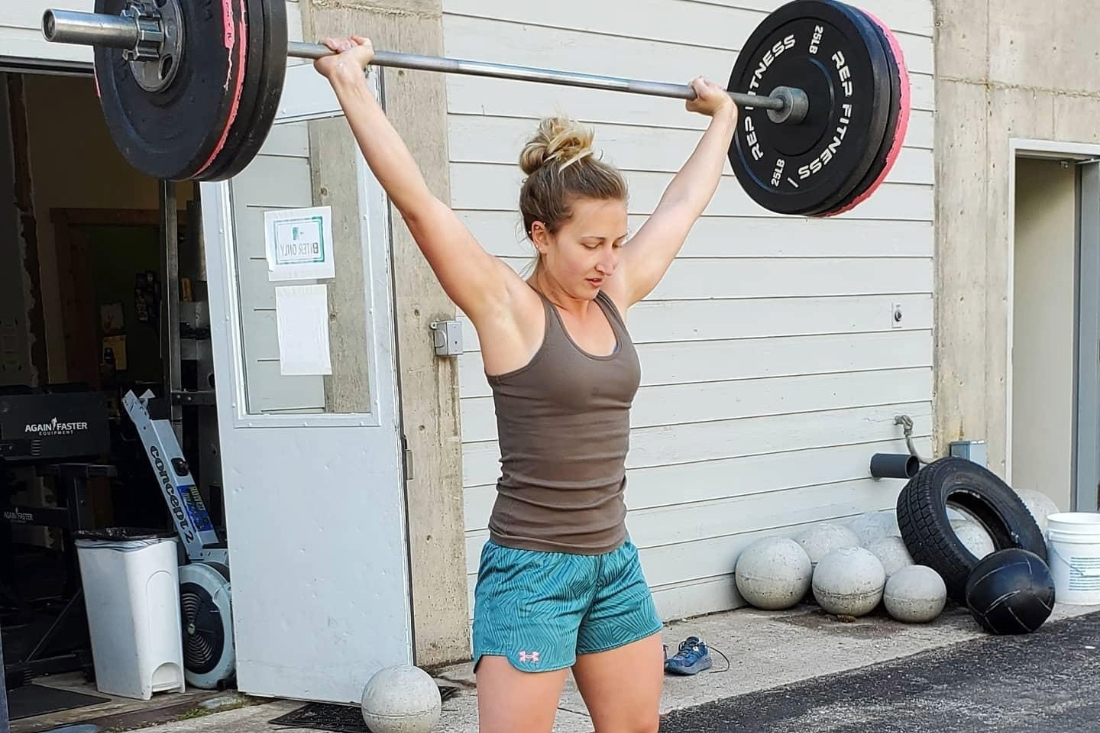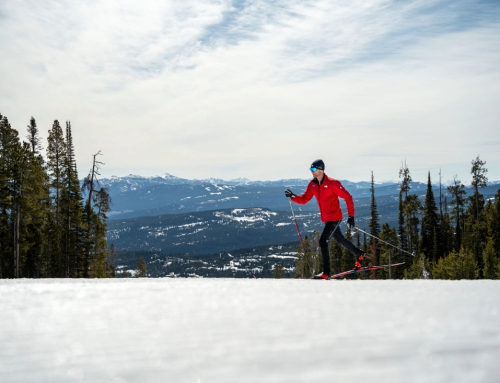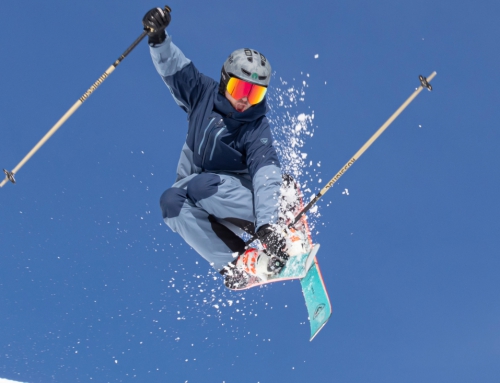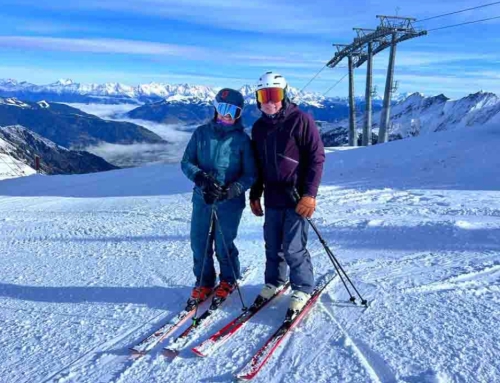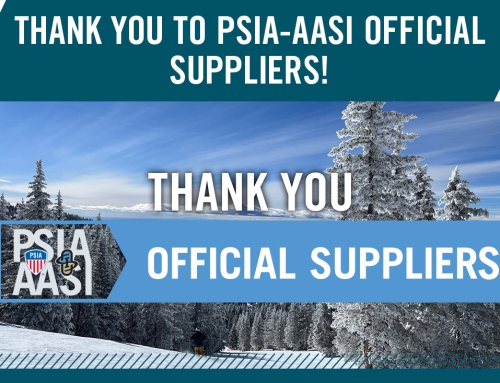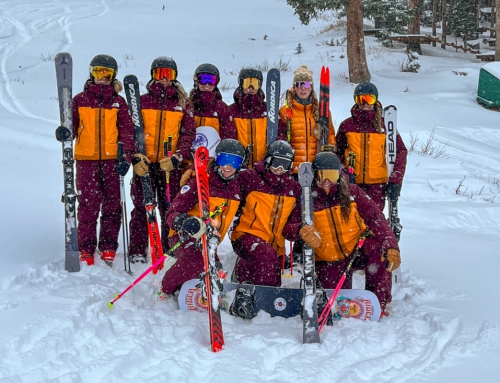National Team Summer Workouts: Cross-Training with Lyndsey Stevens
The 2024-28 PSIA-AASI National Team members put in a lifetime of work to earn their spot on the team in Big Sky, Montana, last April – both on and off snow.
So much so that we wanted to share their summer workout secrets with you, to help you stay fit year-round, and with a goal of making next winter your best season ever.
Here, AASI Snowboard Team member Lyndsey Stevens talks cross-training, coaching, and working on improving her golf swing.
Q: What’s your go-to offseason workout or outdoor sport, and why is it what you like to do?
A: I love to cross-train year-round, but in the summertime I am able to bring myself outdoors for my workouts. I typically start each day with a two-mile run, followed by strength training exercises. On nice days I like to set up my equipment outside so I can enjoy catching some rays while I work out.
Q: Do you teach or compete in this sport, or has it led to any great adventures around the world?
A: I have never competed in strength training, but I do enjoy visiting CrossFit gyms in locations I travel to. This allows me to continue my training routine and to have an opportunity to connect with the local community. Gym culture can feel a lot like snowboard culture. Regardless of the location, people tend to be very inviting and collaborative. It’s also a fantastic way to gain some intel on opportunities for fun adventures in the area. A couple of my favorite gyms I’ve been able to visit are CrossFit Kailua in Hawaii and CrossFit Norwalk in Connecticut.
Q: How does this sport help you set, train for, and reach new goals?
A: Strength training has allowed me to be capable of making my snowboard perform in scenarios that require high intensity in movement, specifically in areas like freestyle. Strong muscles help to create controlled movements, which can help with autonomy with specific tasks or tricks. As an added bonus, strong muscles help to reduce risk of injury by helping joints stay properly aligned.
Strength training also helped me to increase my energy levels, which has been very important for me to be able to perform at my best throughout full-day lessons. This has been especially helpful in intermediate and high-level lessons in which students have focused goals of improvement in bumps or trees. Having stamina was also very helpful during the filming sessions of the Winter Roots project. We spent from dawn until dusk snowmobiling, splitboarding, and snowboarding, which required a lot of energy.
Q: What’s one thing you can take away from cross-training that can be applied to your work on snow?
A: I prefer to go to gym classes that are guided by a coach. I get to observe how the coach guides myself and others in the class. Having visited several different gyms, I’ve seen many different styles of coaching. It’s fun to observe the various techniques or forms of communication coaches use. Sometimes I use these techniques or specific styles of communication with my students to help adapt the lesson to their needs.
Q: How does this prepare you mentally for your work on snow?
A: Participating in an activity that requires specific technique in movement allows me to keep my snowboarder brain active all summer long. By the time the chairlifts start to run, I know I’m physically prepared and am not struggling to refresh my memory on how to make the snowboard perform through specific movement patterns. This helps me to deliver quality demonstrations and feedback to students on opening day.
Q: Do you have any other fun summer plans or good offseason reading suggestions you’d like to share?
A: I’ve been dabbling in a few new sports over the last few summers. My goal for this summer is to get to the driving range more consistently to work on my golf swing. I don’t feel quite ready for the course just yet, so I’m planning on getting some more practice to work my way up to an actual game.

